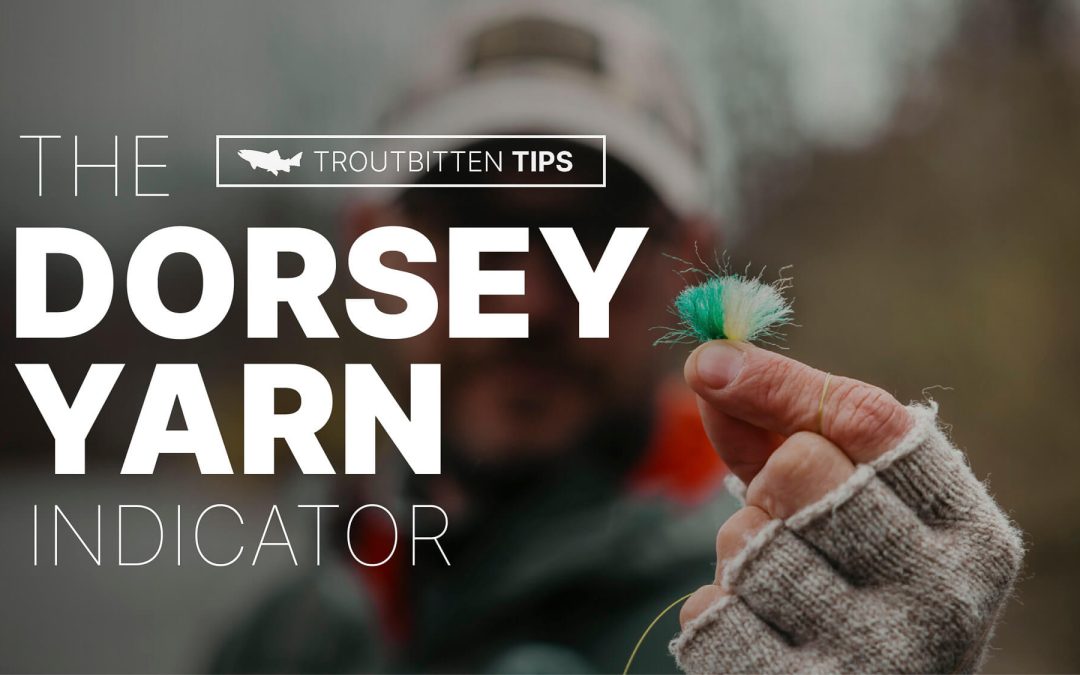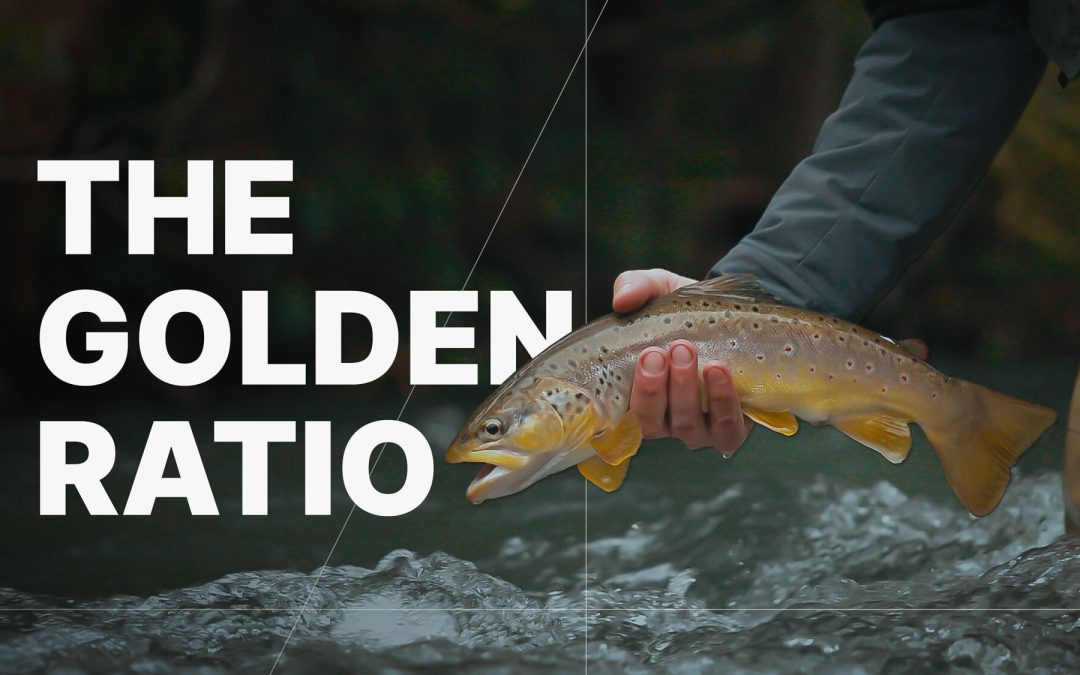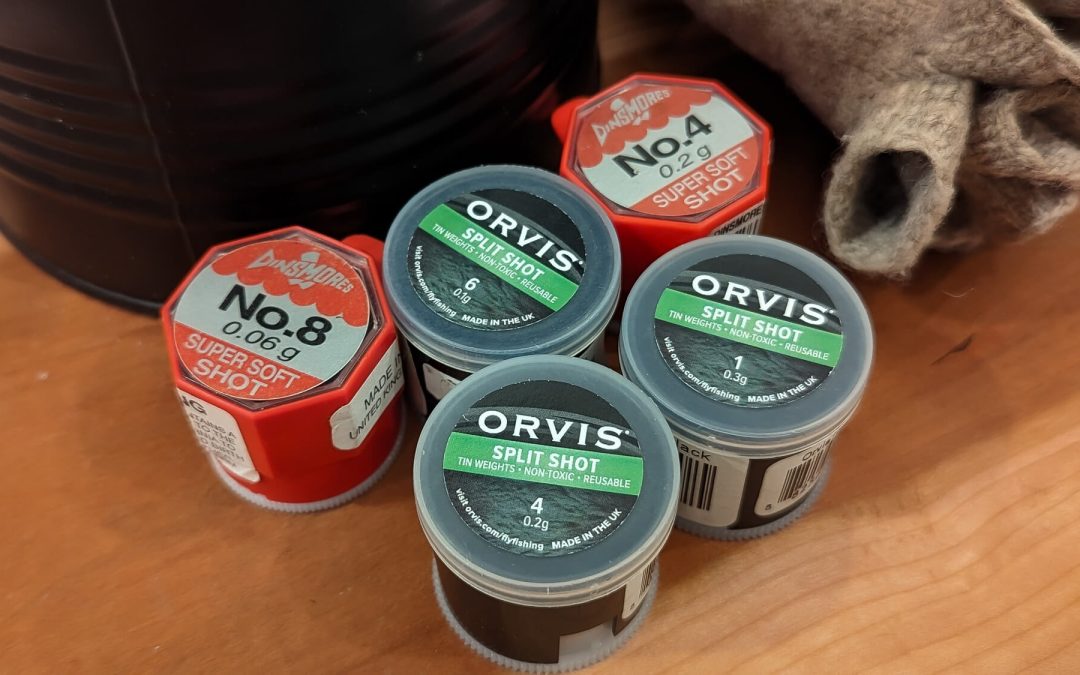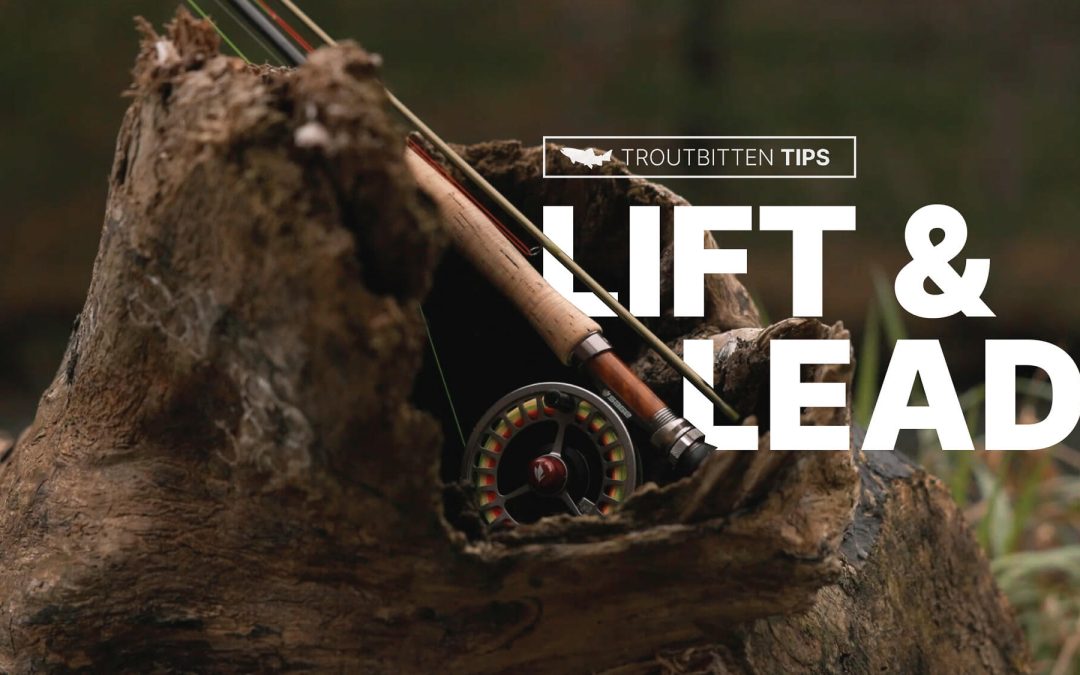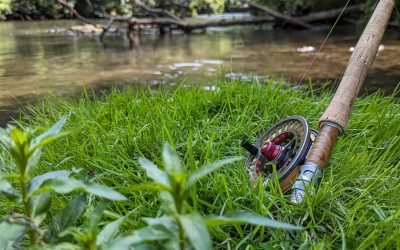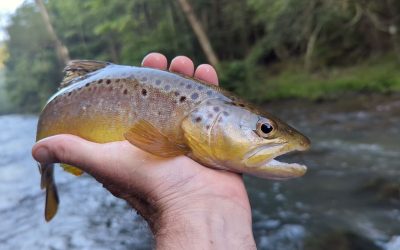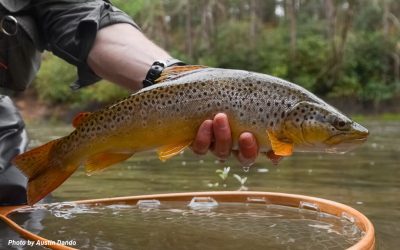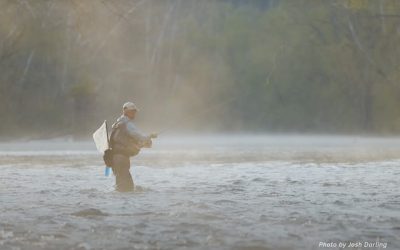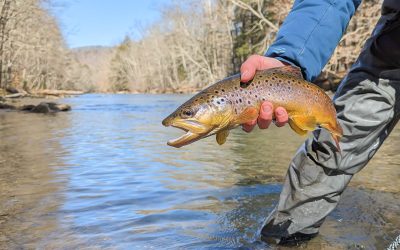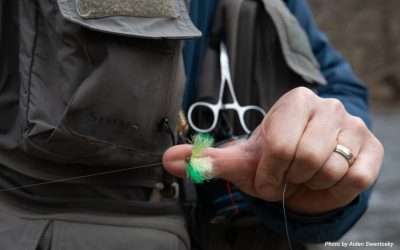For over a decade, my Troutbitten friends and I have fished a small yarn indicator that weighs nothing, is extremely sensitive, versatile, cheap, doesn’t affect the cast, and flat out catches more trout than any other indicator we’ve ever used. What we call “the Dorsey” is a daily-use tool that is integral to our nymphing system. We mount it on a tight line rig or a traditional leader with fly line. It floats like crazy. It signals takes and information about the drift like no other indy we’ve ever used, and it’s an unstoppable fish catcher.
